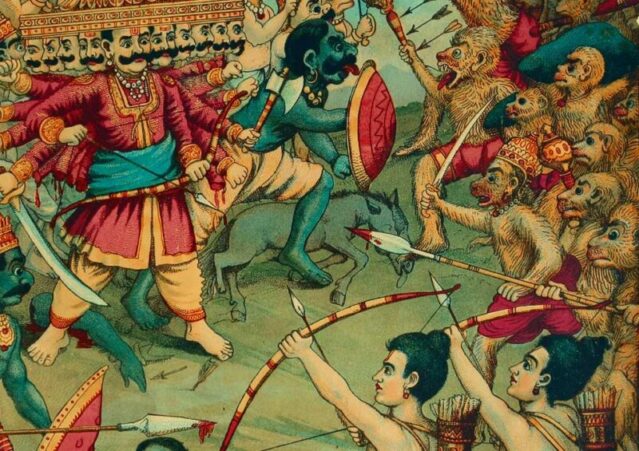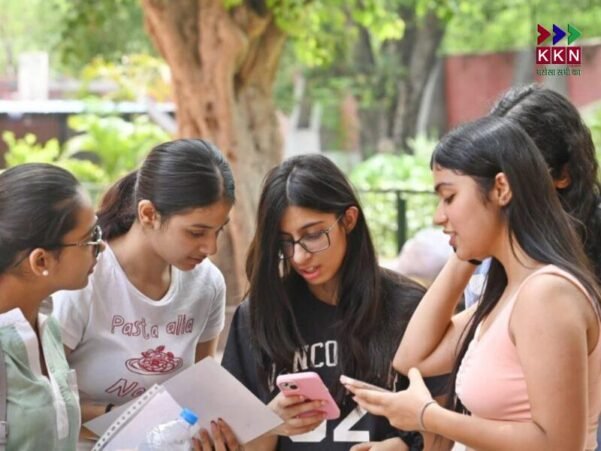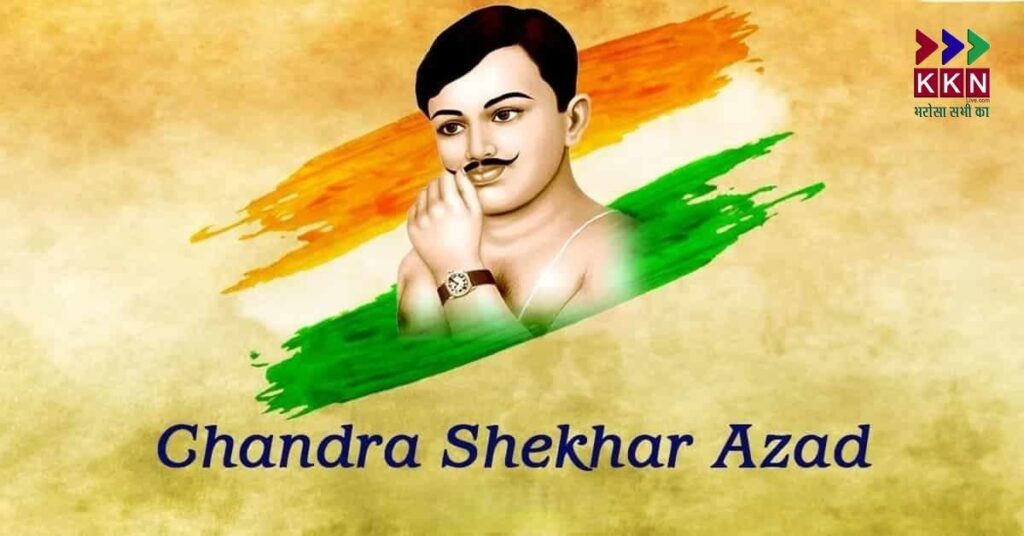
Vintage Indian artwork showing Lord Rama defeating the demon king Ravana in the Ramayana epic battle scene, symbolizing the essence of Dussehra festival Dussehra, also known as Vijayadashami, stands as one of India’s most significant Hindu festivals, embodying the eternal triumph of good over evil. Celebrated on October 2, 2025, this auspicious day marks the culmination of the nine-day Navratri festival and holds profound religious, cultural, and spiritual significance across the Indian subcontinent.
Why is Dussehra Celebrated? The Mythological Foundation
Lord Rama’s Victory Over Ravana
Lord Rama, accompanied by his brother Lakshmana, the devoted Hanuman, and the mighty Vanar Sena (monkey army), waged war against Ravana for several days. On the tenth day of the battle, Rama successfully defeated and killed Ravana, rescuing Sita and restoring dharma (righteousness). This victory symbolizes the triumph of truth, virtue, and justice over arrogance, ego, and evil forces.
Goddess Durga’s Triumph Over Mahishasura
Goddess Durga fought a fierce battle with Mahishasura for nine days and nights, finally vanquishing him on the tenth day, which became known as Vijayadashami. This victory represents the triumph of divine feminine power (Shakti) over darkness and ignorance.
When is Dussehra Celebrated in 2025?
Date and Astronomical Significance
Dussehra 2025 will be celebrated on Thursday, October 2, 2025. The festival falls on the tenth day (Dashami Tithi) of the bright fortnight (Shukla Paksha) in the Hindu lunar month of Ashwin, which typically occurs between late September and early October.
Auspicious Timings for 2025
According to Hindu calendar calculations:
Dashami Tithi Begins: October 1, 2025, at 7:01 PM
Dashami Tithi Ends: October 2, 2025, at 7:10 PM
Vijay Muhurat: 2:09 PM to 2:57 PM on October 2
Aparahna Puja Time: 1:21 PM to 3:45 PM on October 2
Ravana Dahan Time: 5:00 PM to 7:00 PM on October 2
The Vijay Muhurat is considered the most auspicious time for performing Dussehra rituals, starting new ventures, and making important life decisions.
How is Dussehra Celebrated Across India?
Northern and Western India: Ram Leela and Ravana Dahan
In North and West India, Dussehra celebrations are characterized by elaborate Ram Leela performances – dramatic enactments of the Ramayana that run for several days leading up to Dussehra. These performances, featuring local actors portraying Rama, Sita, Lakshmana, Hanuman, and Ravana, draw massive crowds and serve as both entertainment and religious education.
The climax of northern celebrations is the Ravana Dahan (burning of Ravana), where giant effigies of Ravana, his brother Kumbhakarna, and his son Meghnad are stuffed with firecrackers and set ablaze in open grounds. This spectacular display, accompanied by fireworks and celebrations, symbolically represents the destruction of evil.
Eastern India: Durga Visarjan and Sindoor Khela
In West Bengal and other eastern states, Dussehra coincides with the grand finale of Durga Puja. The day is marked by Durga Visarjan – the ceremonial immersion of Goddess Durga idols in rivers or water bodies. This ritual symbolizes the goddess’s return to her celestial abode after blessing devotees during her earthly visit.
A unique tradition called Sindoor Khela takes place on Vijayadashami morning, where married women apply vermillion (sindoor) to Goddess Durga’s idol and then to each other’s faces, seeking blessings for their families’ well-being.
Southern India: Ayudha Puja and Golu Displays
South Indian Dussehra celebrations focus on Ayudha Puja – the worship of tools, instruments, vehicles, and objects of knowledge. People clean and decorate their work tools, musical instruments, books, and vehicles, placing them before deities and offering prayers. This tradition acknowledges the divine presence in all aspects of human endeavor.
Another significant South Indian tradition is Navratri Golu or Bommai Golu, where elaborate displays of dolls and figurines depicting scenes from Hindu epics are arranged on stepped platforms. These creative arrangements serve as both artistic expression and religious devotion.
Mysore Dussehra: The Royal Celebration
The Mysore Dussehra in Karnataka is renowned for its grandeur and royal heritage. The celebration features magnificent processions with decorated elephants, traditional music, dance performances, and the illuminated Mysore Palace. The festival transforms the city into a cultural spectacle that attracts visitors from around the world.
Traditional Rituals and Practices
Shami Puja
A significant Dussehra ritual involves Shami Puja – the worship of the Shami tree (Prosopis cineraria). Devotees collect Shami leaves and exchange them with friends and family, treating them as symbols of gold and prosperity. This tradition is particularly popular in Maharashtra and Gujarat.
Aparajita Puja
Aparajita Puja is performed to invoke Goddess Aparajita, seeking her blessings to overcome obstacles and challenges. This ritual is believed to remove negative energies and bring success in endeavors.
Seema Avalanghan
Seema Avalanghan or crossing boundaries is a symbolic ritual where people cross the borders of their villages or neighborhoods, representing victory over limitations and the expansion of positive influence.
Starting New Ventures
Dussehra is considered one of the most auspicious days in the Hindu calendar for beginning new projects, businesses, educational pursuits, or spiritual practices. The day is believed to bring divine blessings for success and prosperity.
Regional Variations and Cultural Diversity
Kullu Dussehra (Himachal Pradesh)
Unlike other parts of India, Kullu Dussehra begins when the rest of the country concludes their celebrations. The week-long festival features processions of local deities, cultural performances, and the worship of Lord Raghunath as the presiding deity.
Gujarat and Maharashtra
In these states, people perform Navratri Garba and Dandiya dances for nine nights, culminating in Dussehra celebrations. The exchange of Apta tree leaves as symbols of gold is a unique tradition in Maharashtra.
Punjab and Haryana
These northern states organize large-scale Ram Leela performances and Ravana Dahan ceremonies, often featuring elaborate stages and professional artists.
Modern Celebrations and Contemporary Relevance
Urban Celebrations
In metropolitan cities, Dussehra is celebrated through organized events in parks, community centers, and cultural venues. Shopping malls and residential complexes often host Ram Leela performances and cultural programs.
Educational Initiatives
Schools and educational institutions use Dussehra as an opportunity to teach students about Indian mythology, moral values, and cultural heritage through plays, storytelling sessions, and craft activities.
Environmental Consciousness
Modern celebrations increasingly emphasize eco-friendly practices, using biodegradable materials for effigies and promoting waste reduction during festivities.
Spiritual and Social Significance
Inner Victory
Beyond its mythological significance, Dussehra represents the internal battle between good and evil within every individual. The festival encourages self-reflection and the triumph over negative qualities like anger, ego, greed, and ignorance.
Community Bonding
Dussehra celebrations strengthen community bonds through collective participation in Ram Leela performances, shared feasts, and collaborative organization of festivities.
Cultural Preservation
The festival serves as a vital link to India’s rich cultural heritage, ensuring the transmission of traditional stories, values, and practices to younger generations.
Preparation for Diwali
Dussehra marks the beginning of preparations for Diwali, which falls 20 days later. The victory of Rama over Ravana leads to his eventual return to Ayodhya, which is celebrated during Diwali as the homecoming of the righteous king.
Dussehra 2025 continues to resonate with millions of people worldwide as a powerful reminder that righteousness ultimately prevails over evil. Whether through the burning of Ravana effigies in North India, the immersion of Durga idols in Bengal, or the worship of tools in South India, the festival’s diverse celebrations unite the country in a common message of hope, victory, and moral triumph.
As we celebrate Dussehra on October 2, 2025, the festival’s timeless teachings remain relevant in contemporary times, encouraging individuals and communities to choose the path of dharma and work towards creating a more just and righteous world. The victory of good over evil, celebrated through various regional traditions, continues to inspire millions to overcome their inner demons and contribute to the greater good of society.


